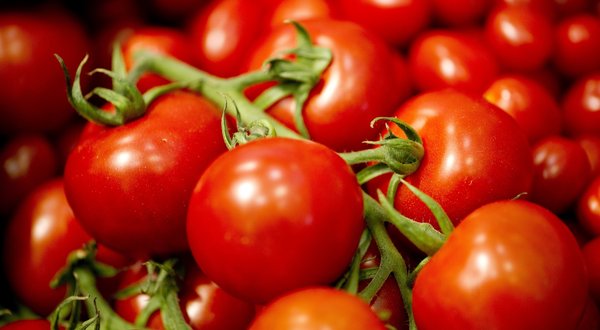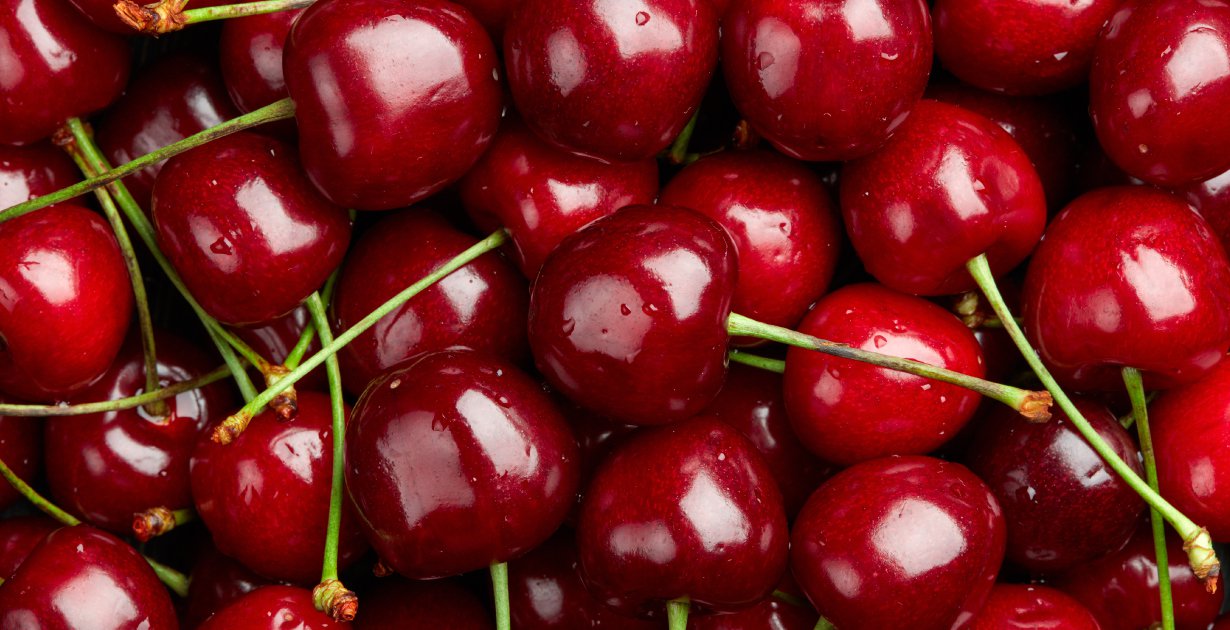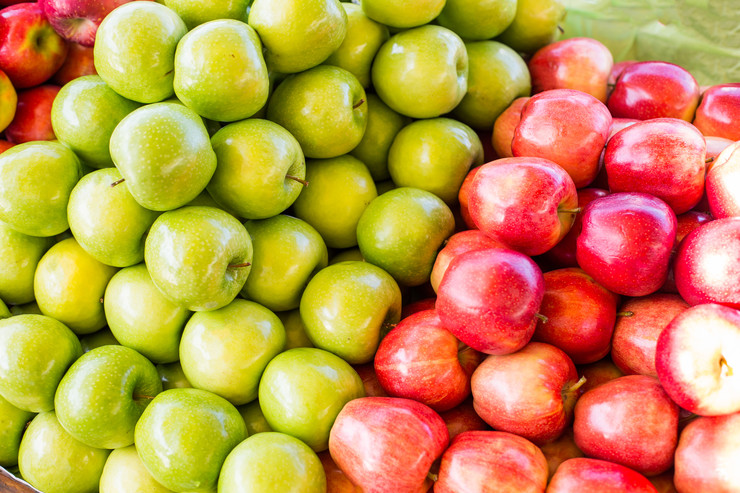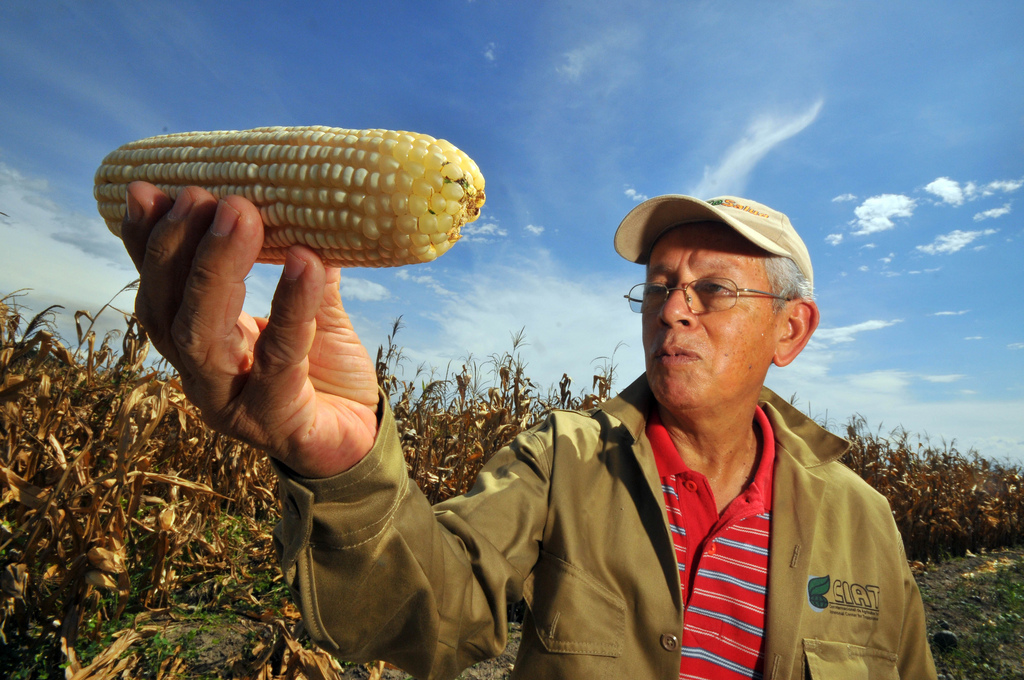When a weather hazard hits a country, not all sectors of agriculture are affected in the same way. The vulnerability of crops differs from variety to variety. Some places are more vulnerable than others. Moreover, the growth stage matters too. Young crops are less vulnerable than mature crops, for instance. The impact of a storm thus depends not only on its force but also on the season and the varieties cultivated in the disaster area.
To assess risks adequately, insurers need data on the specific vulnerability of their clients’ crops as well as on the likeliness and strength of hazards. If insurance companies have reliable data and get the mathematic modelling right, they can spread risks over time and distribute them over many people. By collecting premiums and disbursing compensations, they can reduce the costs hazards inflict on clients and, at the same time, make a profit themselves. Obviously, the business model is quite challenging. Today, crop insurance schemes are well established in rich nations, but not so in developing countries. The estimated worldwide turnover of agricultural insurance (covering crops, livestock and forestry) amounted to $ 6.5 billion in 2001. North America and Europe accounted for 84 %, Africa accounted for only two per cent and Asia and Latin America for four per cent each. There are several reasons for crop insurance being less common in developing countries. The most important are: – Many farmers practice subsistence farming and generate only very little marketable surplus. Therefore, they are hardly integrated into the monetised economy. Insurance companies, however, are financial service providers, so they are geared to the monetised economy. Subsistence farms, moreover, tend to rely on many different varieties of plants and animals. That in itself reduces their exposure to risks, but it also makes it next to impossible to accurately assess their risks in financial terms. To reach the people, insurance companies need innovative approaches (“microinsurance”). – Hazards that affect crops tend to cover large areas, affecting many farmers at once. Droughts are the most common hazard. They impact entire regions, not only individual farms. Therefore, the damage they cause is large-scale even though the individual farms concerned may be quite small. Generally speaking, risks tend to be lower in regions of moderate climate. Food crops, moreover, are generally considered “low value crops”, so they are less appealing to insurance companies than cash crops like cotton or tobacco.Growing relevance In spite of such challenges, agricultural insurance is becoming ever more important in developing countries. This trend is driven by several factors, including the following:– The world’s population is growing, and so is the need for food. All available means must be used to protect people from food insecurity, and insurance certainly is an option. – Farmers all over the developing world are gradually adopting more commercial forms of agriculture. Accordingly, their dependence on international markets and market prices is growing, and so is the scope for insurance coverage. – Climate change implies that there will be more weather hazards. Agriculture will obviously be affected. – As foreign investors increasingly move into agriculture, their demand for insurance is growing too. – Governments consider insurance a healthy way to support their countries’ agriculture.There are several kinds of crop insurances (see box). Each has specific advantages and disadvantages. All insurance companies, however, tend to impose risk-reducing practices, such as the choice of planting dates or specific varieties that are resistant to disease or drought. Moreover, insurance companies depend on reliable data on weather, yields and related matters. The data must span enough time to be statistically relevant, but also be recent enough to relate to events that are likely to occur in the ongoing crop season. Typically, insurance companies need data from the past 15 years. Data bottlenecksFor several reasons, meteorological networks are not up to the job in many developing countries. Typically, national meteorological and hydrological services (NMHS) have adopted a commercial approach, so they don’t run weather stations in “remote” areas. These areas seem less important because of limited user requests and, accordingly, they generate lower revenue. Where the main customer of an NMHS is the aviation industry, the most reliable stations are located near airports, so there is relatively good data for major cities and their surroundings, but not for rural areas. Many countries, moreover, treat their meteorological data as confidential. In practice, urgently needed information on agricultural regions is often not available. Depressingly, meteorological networks have eroded in many countries since the colonial era. The main reason was that the economies were too weak to sustain this kind of public infrastructure. For many regions, the statistics of the 1960s are better than those of the past two decades. In other places, data have been lost for good. Climate change, however, means that recent data are becoming ever more important because it is impossible to extrapolate from long-ago experience.To some extent, indirect methods can substitute for direct meteorological observation. There has been good progress recently in computer simulation. Stochastic weather generators (SWGs) are programmes that deliver a large number of data. Satellite-based technology can also be of help. To be reliable, however, such information always needs to be calibrated against empirical ground data. Mathematical modellingTo design insurance schemes, providers typically use the mathematical tool of “yield functions”. These functions are derived from existing data. They provide models of how different kinds of weather impact farm yields. This is another area in which ample data are needed. So far, the insurance industry has not been able to calculate yield functions for all kinds of environments, crops and hazards. As is true of stochastic weather generators, it is always important to calibrate yield functions against empirical statistics. Generally speaking, yield data are more readily available than meteorological data. Most countries publish yield and production figures. A drawback, however, is that only few developing countries have reliable statistics at the regional and local levels. Governments use sampling schemes that are designed to provide reliable figures at the national level. Therefore, it is very difficult to do crop modelling at the level of a specific village or district. Doing so, however, would be useful to insurers.Mild and extreme hazardsMild hazards can mostly be modelled with standard tools because their impact is quite predictable. A mild drought, for instance, means that plants do not grow as big as they otherwise would, and yields go down accordingly. However, the plants are not physically damaged and some will be available for harvesting. Extreme weather hazards are much more difficult to model. They physically harm plants, and sometimes the entire crop is destroyed. In other cases, some plants recover. Most often, however, they are then affected by secondary pests and diseases. The probabilities of these events are much harder to assess than reduced growth is due to a moderate lack of water.Once again, assessment problems are compounded by the lack of data. Extreme weather only occurs rarely, so the statistical basis is weak. When disasters happen, moreover, people have other priorities than collecting crop data. Even agronomic research stations often discontinue observations after disasters, thereby losing precious reference data.To compute accurate yield functions, moreover, a host of data is relevant. Issues that need to be covered include: – irrigation,– fertilisers,– crop stages,– location as well as– pests and diseases.All information is needed near real-time and has to be calibrated against reference statistics. Once more, satellite observation can help, but only provides ancillary information which is not of much use unless there is sufficient ground data. ConclusionCrop insurance is an important way to protect small farmers from harm. However, the business model is complex. Schemes are only likely to work where there are fully operational meteorological services. At the national level, agricultural extension services are also likely to make a difference. In short, developing countries need comprehensive risk reduction packages.
================
Different kinds of crop insurances
The conventional crop insurance schemes that are prevalent in rich nations are called damage-based insurance or multi-peril crop insurance. Basically, a farmer agrees with an insurer that compensation will be given if the farm’s yield or income drops below a certain level. If this happens, the insurer verifies that the farmer’s claim is justified before disbursing any money. This process is labour-intensive and expensive. Therefore, this kind of insurance is more common for high-value crops (like grapes and other fruits) than for field crops (like wheat or potatoes). The main advantage of this kind of insurance is that it can be tailored to individual needs.Index-based insurance (IBI) is a different model that has recently been used in developing countries. IBI schemes are about insurers paying compensations to clients when an agreed threshold of a specific index is exceeded. The index can relate to wind speed, for instance (hurricane insurance). Other options are minimum and maximum temperatures or levels of rainfall in pre-defined time spans. IBI, however, is only viable where there is a reliable network of meteorological stations. Moreover, there has to be sufficient farm data to estimate risks accurately. Obviously, index definition is crucial to IBI success. The index must relate directly to the insured product. Insurers, therefore, need a precise understanding of what impact a certain kind of event has on the yield of a specific crop. Otherwise, it is impossible to design insurance policies that cover farmers’ actual risks. Any mismatch, however, would either mean excessive premium payments on the side of the farmers or losses on the side of the insurer. Either way, the viability of the scheme would be undermined. The major advantage of IBI is that insurers do not have to check whether clients actually suffer losses, so administration costs are reduced. Accordingly, premiums are lower too. In principle, IBI insurances are more suitable to cover subsistance farmers than conventional crop insurances. Furthermore, complex IBI schemes can involve other economic sectors that are affected by weather – tourism for instance. The more clients an insurance company has, the wider it can spread the risk and the more attractive its policies become.













